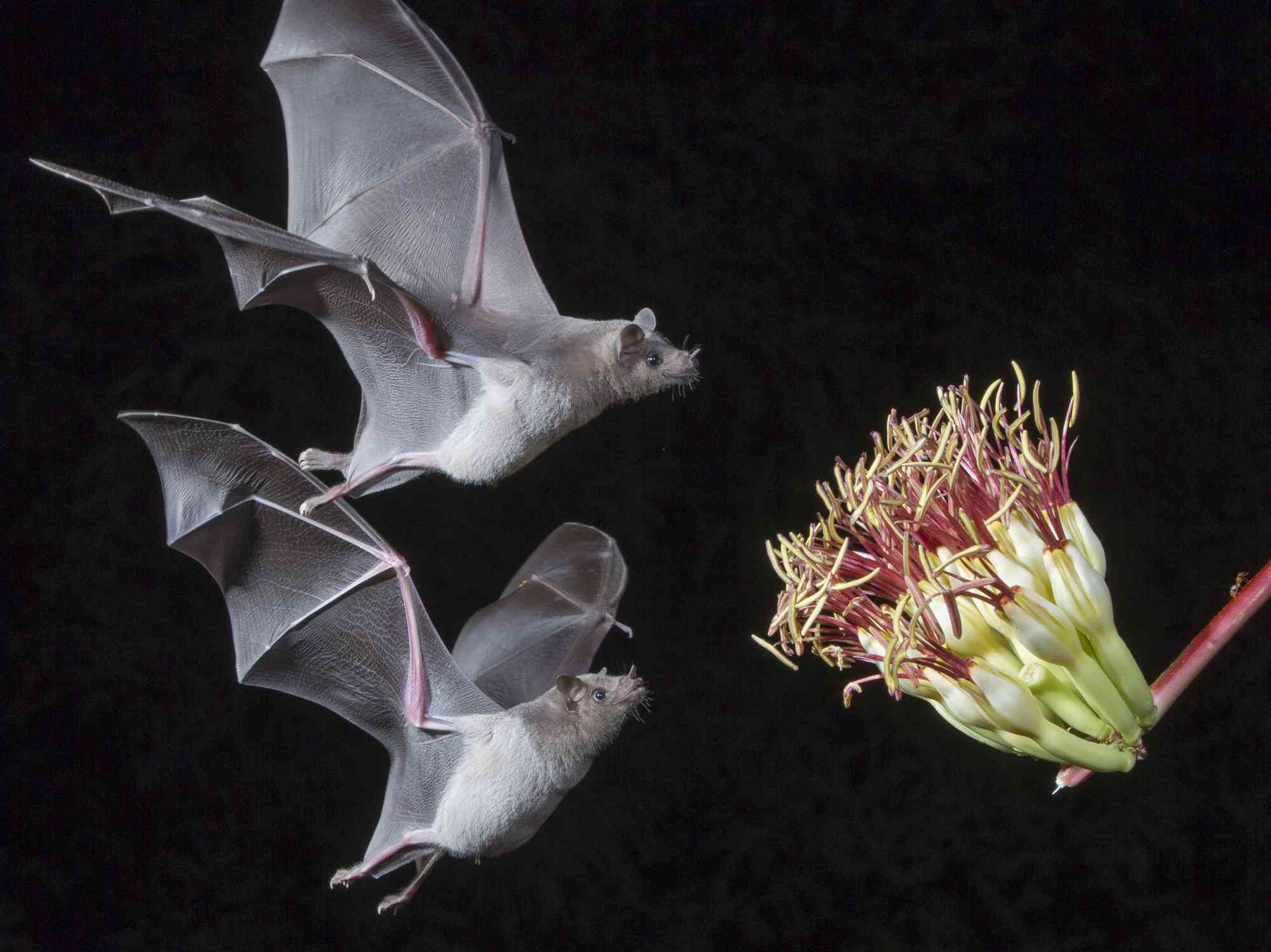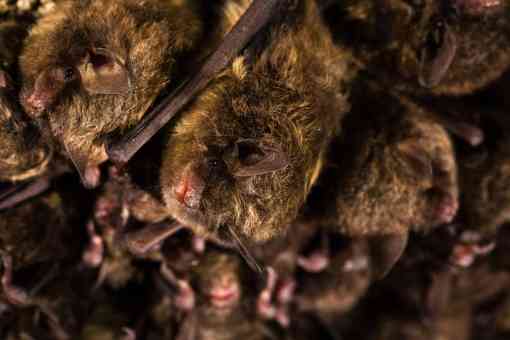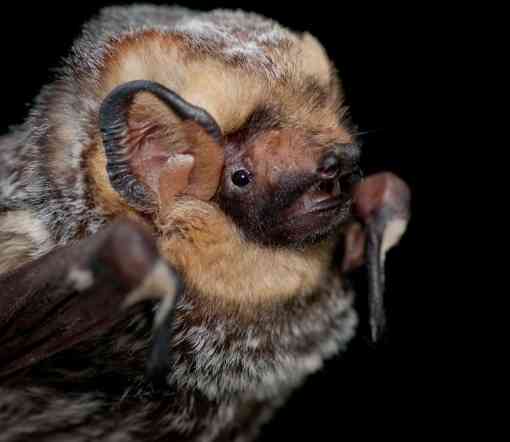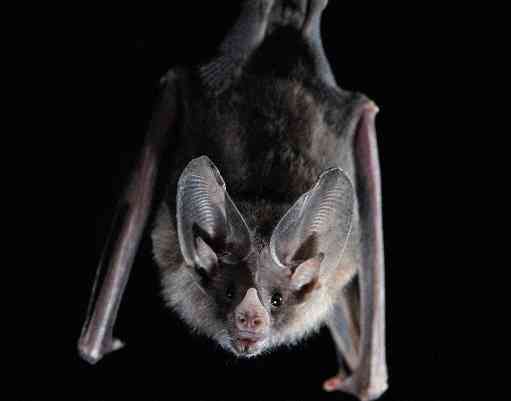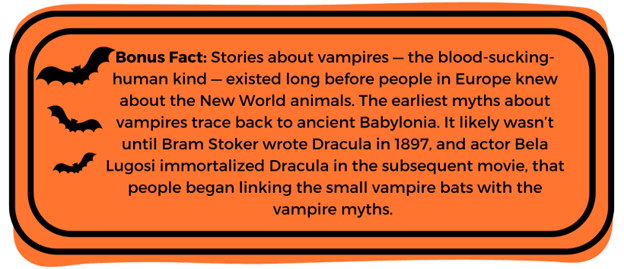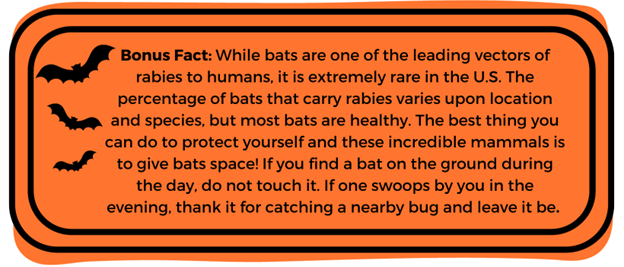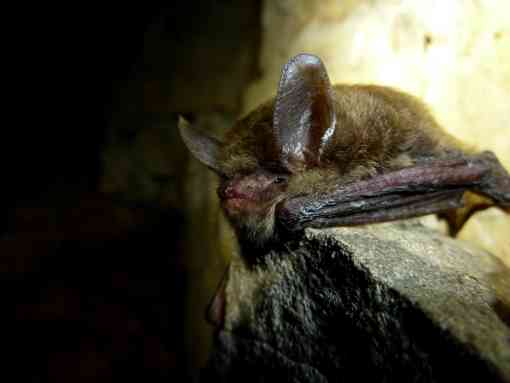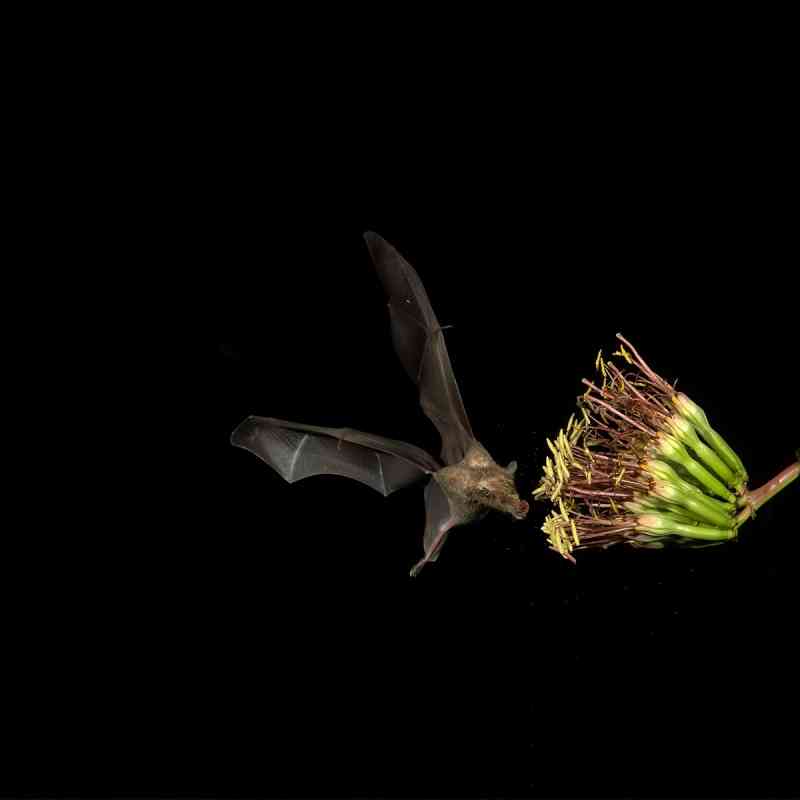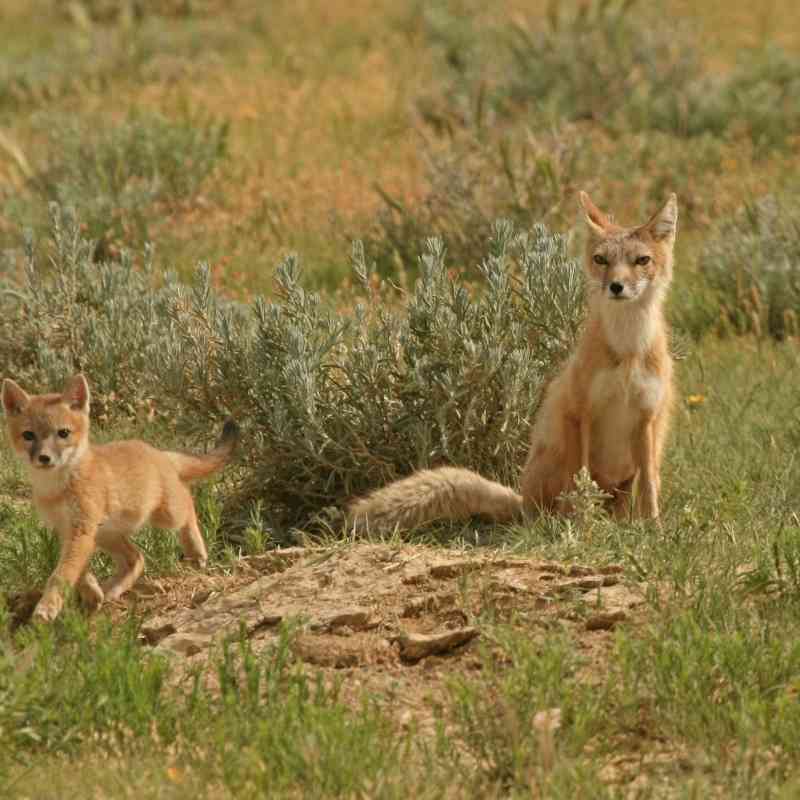Spooky, scary things that go bump in the night are top of mind for those who love Halloween. And one popular animal closely associated with all of the season has to offer is bats! These ecologically important species have, unfortunately, long been shrouded in superstition and have a bad rap (or a “bat” rap if you will) that isn’t quite deserved. Theories vary as to why, but the fact that most bat species are active in the cover of night may contribute to the myths. So, we’re going to creep it real this year and swoop into seven not-so-spooky facts about bats!
1. Bats Make Up a Fifth of All Mammal Species on Earth
There are over 1,200 bat species worldwide. About 45 species are native to the U.S. and Canada, and 12 of them are listed as threatened or endangered under the Endangered Species Act.
2. Bats Can See
Blind as a bat? Not so much… Bats eyes are adapted for the nocturnal life. They are small and can see well at night. However, sight is just one sense a bat relies on. Some bats, like most fruit bats, also use their noses to sniff out nearby treats.
Many folks have heard of bats' ability to use echolocation to navigate and hunt. Echolocation is the use of sound reflecting off objects to locate them.
3. Bats Are the Only Mammals Capable of True Flight
Other “flying” mammals glide through the air. True flight requires a flight stroke, or flap of the wings, to thrust the animal through the air. Bats have extremely elongated fingers with a wing membrane stretched between each. Anatomically, their wings resemble a human hand! Because of this unique wing structure, bats have great maneuverability — some say, even better than birds!
4. Bats Hang in Caves, Trees and on Manmade Structures
Bats use different habitats during their life cycles. Many bats dwell in caves or use caves for hibernation. The Virginia big-eared bat, for example, lives in caves year-round, but its wintering home is often different from its summer roosts. These endangered bats are only found in a few locations throughout Virginia and West Virginia.
Forest dwelling bats roost in trees or the forest floor and many raise their young in the exfoliating bark of large trees. Some bats, like endangered gray bats, feed on insects over water and will roost near streams and rivers.
Bats need a variety of habitats that must be protected from destruction and fragmentation due to large scale logging and development. Bats can also take up residence in human structures like old buildings, culverts, bridges, etc. This requires us to think about how best to coexist or provide structures exclusively for bats to use.
5. Only Three Bat Species Are Blood-Suckers
That’s right: 0.0025% of bats are sanguivorous — meaning they eat blood to survive. These three vampire bat species live in Central and South America (and are not found in the U.S.). Contrary to popular belief, vampire bats do not feed on humans. Instead, they only suck the blood of other small mammals.
Bats play important roles in their ecosystems as natural pest controls, pollinators and seed dispersers. Most bats, about 70%, consume insects and therefore help control insect populations that can carry human diseases, like mosquitos, or damage agricultural crops, like beetles. It has been estimated that the pest control provided by healthy bat populations is worth over $50 billion!
Fruit and nectar bats are key players in helping local plants through dispersing seeds as they fly which assists pollination. For example, the lesser long-nosed bat is the primary nighttime pollinator for the saguaro cactus in the Sonoran Desert which spans from southern California and Arizona into northwest Mexico. Carnivorous bat species — which are more rare and eat small animals like fish, birds, mice and frogs — also act as a natural control on their prey’s populations.
6. Vampire Bats Help Humans
Vampire bats have a protein in their saliva that has been found to help stroke patients. It is an anticoagulant property that keeps the blood of a prey source flowing without clotting so the bat can eat its meal. This enzyme — appropriately named Draculin — has been found to break up blood clots in the brain that cause strokes in humans. The opposite of frightening, vampire bats are fascinating and important species that are contributing to science.
7. Bats Need Your Help
The truly scary news about bats is White-nose Syndrome, a fatal disease, has killed more than 5.7 million bats since it was first discovered in 2006. At least 10 bat species in the U.S. and Canada are threatened by this exotic fungal disease, including endangered northern long-eared bats and Virginia big-eared bats.
The implications for our ecosystems, which depend on bats for vital insect control, are enormous. With fewer bats, insects are surviving to attack crops and forests — a situation that can only get scarier as we lose more bats to White-nose Syndrome.
We hope that as you learn more about bats — and see that they are not-so-scary — you will be empowered to help protect them! Here are three easy things you can do to help:
-
Read up on more bat facts and spread the ghoulishly good word on these incredible animals!
-
Find out how to make your yard bat friendly, including installing a bat house!
-
Support organizations, like Defenders, who are working to protect bats and their habitats!
Author

Ben Prater

Allison Cook
Areas of Expertise: Communications, writing for the blog and website
Allison joined Defenders of Wildlife in 2023 after working for Smithsonian's National Zoo and Conservation
comments
Wildlife & Wild Places

